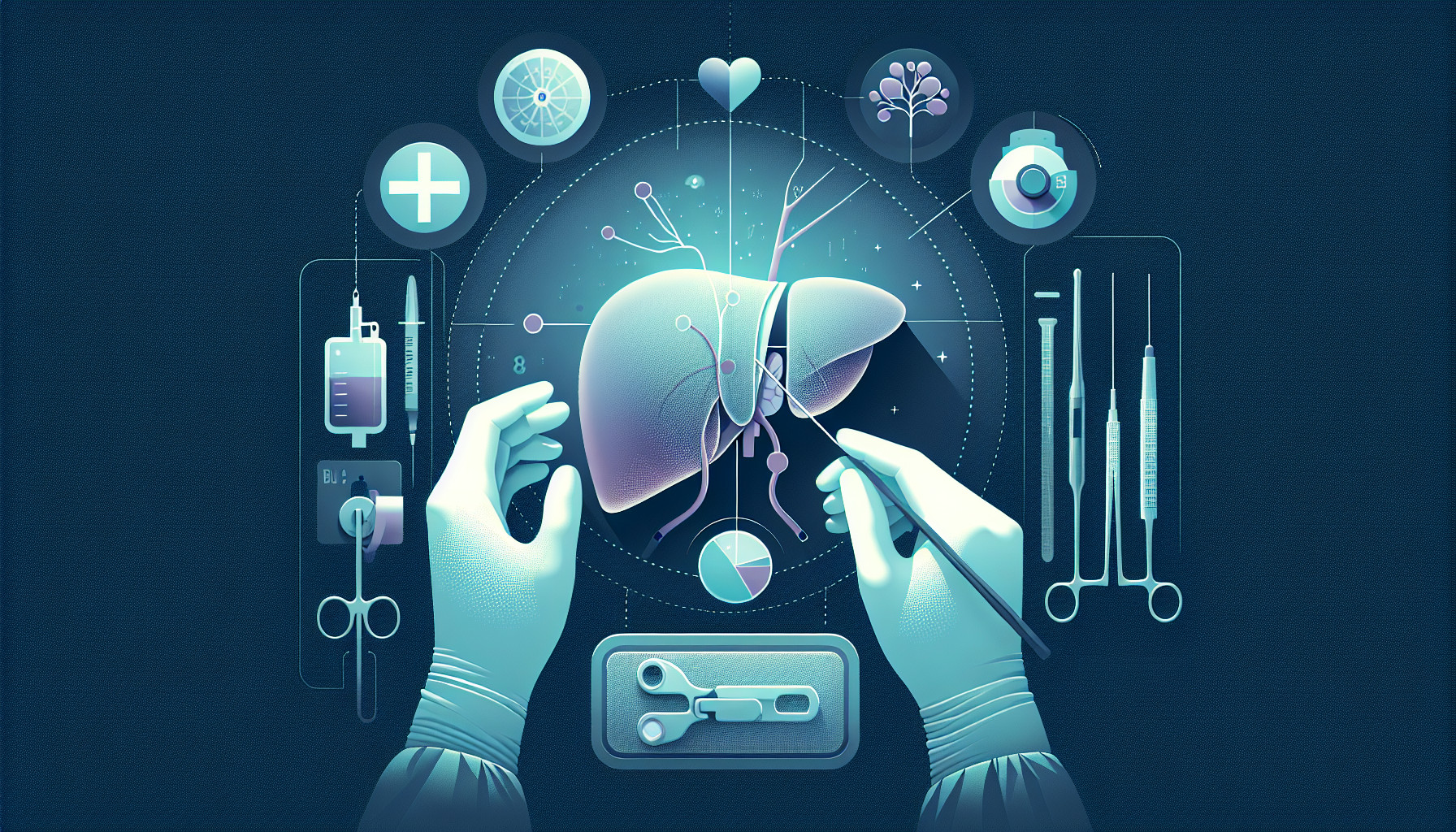Our Summary
This research paper is about a medical procedure called combined heart-liver transplantation (CHLT). This is a complicated surgery used to treat patients who have severe heart disease and liver disease at the same time. The procedure is mostly used with adults, but is becoming more common in children with a specific type of heart disease who have had a particular operation called the Fontan procedure and later develop a related liver disease.
The paper highlights that CHLT is only carried out at a small number of specialized medical centers, especially when it comes to children. Despite being a complex operation, the study found that CHLT can improve survival rates compared to just having a heart transplant. The procedure also reduces the chances of the body rejecting the new organs. The waiting times for surgery and complications after surgery were found to be similar to those experienced by patients having only a heart transplant.
However, the paper also discusses some limitations of CHLT. These include the need for a highly skilled team of different healthcare professionals, the difficulties in finding suitable organ donors, and the complex decisions involved in choosing the right patients for the procedure and managing their care before and after the surgery. The paper provides a summary of the history of CHLT, advice on selecting patients, and important points about caring for patients around the time of surgery.
FAQs
- What is Combined heart-liver transplantation (CHLT) and who is it useful for?
- What are the benefits and limitations of CHLT in pediatric patients?
- What are the crucial aspects of peri-operative care in pediatric CHLT?
Doctor’s Tip
A helpful tip a doctor might tell a patient about pediatric liver transplant is to ensure they are being treated at a transplant center with experience in performing combined heart-liver transplants, especially in the pediatric population. This will help ensure the best possible outcomes for the child. Additionally, it is important for the patient and their family to closely follow the multidisciplinary care team’s recommendations for pre-operative, peri-operative, and post-operative care to optimize the success of the transplant.
Suitable For
Pediatric liver transplant patients who may be recommended for combined heart-liver transplantation (CHLT) include those with concomitant heart failure and chronic liver disease, particularly those with Fontan-associated liver disease (FALD) following the Fontan procedure for univentricular congenital heart disease. These patients may benefit from CHLT due to the potential for improved survival outcomes compared to heart transplant alone. CHLT is currently performed at select experienced transplant centers in the pediatric population, with technical challenges and limitations related to patient selection, donor organ availability, and peri-operative management. A multidisciplinary care center is essential for successful CHLT in pediatric patients.
Timeline
Before pediatric liver transplant:
- Patient is diagnosed with end stage liver disease or liver failure, often as a result of a congenital condition or chronic liver disease
- Patient undergoes evaluation for transplant eligibility, including medical, psychological, and social assessments
- Patient is placed on the transplant waiting list and may wait months to years for a suitable donor organ
- Patient receives pre-transplant medical management to stabilize their condition and optimize their health for surgery
After pediatric liver transplant:
- Patient undergoes the liver transplant surgery, which can take several hours and involves removing the diseased liver and replacing it with a healthy donor liver
- Patient is closely monitored in the intensive care unit post-surgery for complications and to ensure the new liver is functioning properly
- Patient receives immunosuppressant medications to prevent rejection of the donor liver
- Patient undergoes regular follow-up appointments with the transplant team to monitor their progress and adjust medications as needed
- Patient may experience complications such as infections, rejection episodes, or side effects from immunosuppressant medications
- Patient gradually resumes normal activities and enjoys improved quality of life with a functioning liver.
What to Ask Your Doctor
What specific conditions or diseases in children may warrant consideration for a pediatric liver transplant?
How does a combined heart-liver transplant differ from a standalone liver transplant in terms of surgical procedure and post-operative care?
What are the potential risks and complications associated with pediatric liver transplant surgery, particularly in the context of combined heart-liver transplantation?
How does the process of donor organ allocation work for pediatric patients in need of a liver transplant, especially in cases where a combined heart-liver transplant may be necessary?
What is the expected timeline for recovery and rehabilitation following a pediatric liver transplant, and how does this differ for combined heart-liver transplant recipients?
What long-term follow-up care and monitoring will be necessary for a child who has undergone a pediatric liver transplant, particularly in cases of combined heart-liver transplantation?
Are there any specific dietary or lifestyle changes that will need to be implemented following a pediatric liver transplant, and how might these recommendations differ for combined heart-liver transplant recipients?
What are the success rates and outcomes typically seen in pediatric patients who undergo a liver transplant, especially in cases where a combined heart-liver transplant is performed?
How will the need for immunosuppressive medications be managed in a child who has undergone a pediatric liver transplant, particularly in cases of combined heart-liver transplantation?
Are there any ongoing research or clinical trials related to pediatric liver transplantation, particularly in the context of combined heart-liver transplantation, that may be relevant for my child’s case?
Reference
Authors: Lee JTC, Sarode D, Emamaullee JA. Journal: Pediatr Transplant. 2023 Dec;27(8):e14633. doi: 10.1111/petr.14633. Epub 2023 Oct 29. PMID: 37899638
